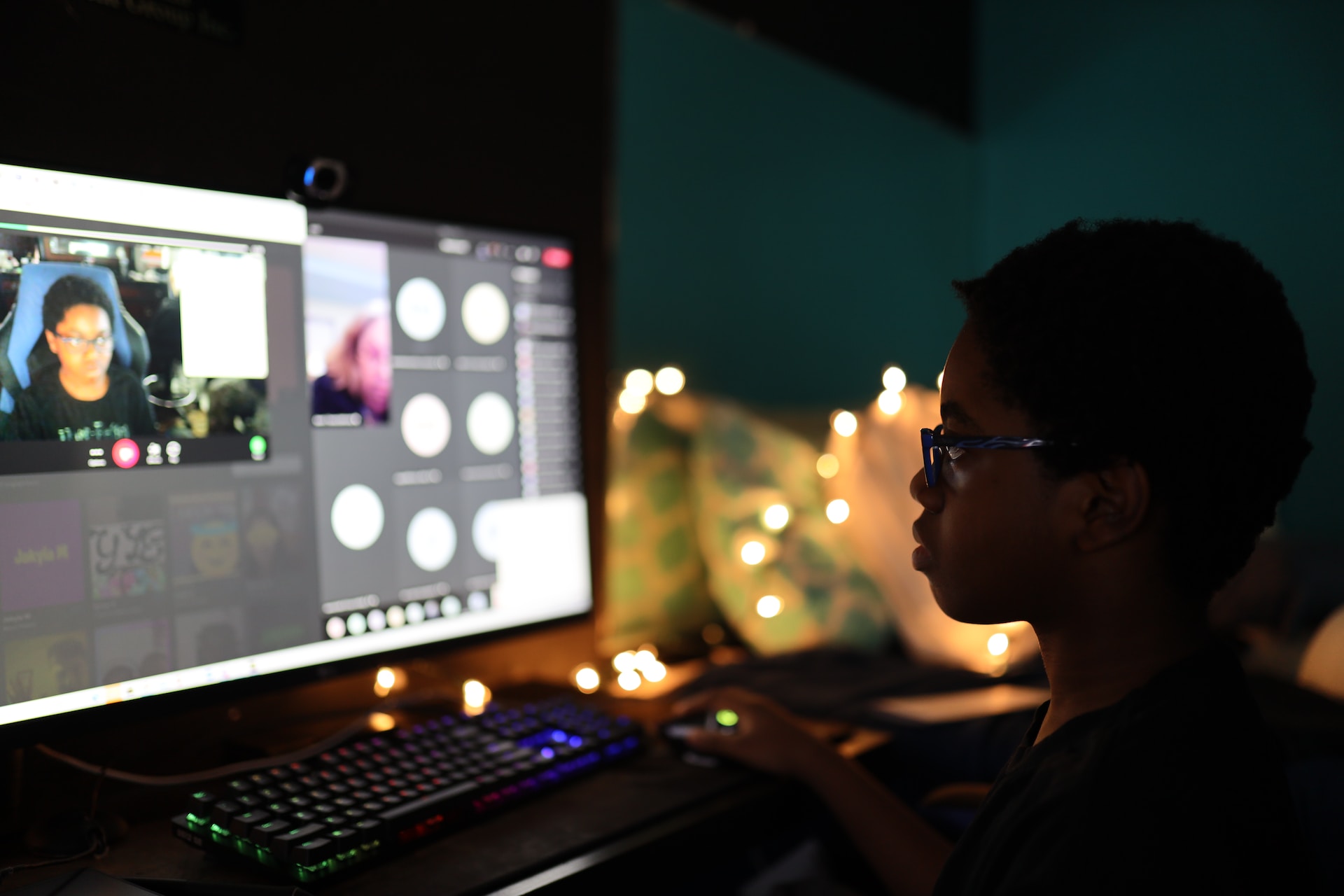The Impact of Classroom Technology Tools on Student Engagement
Using technology in the classroom engages students. This can be through using edtech to create projects and assignments that are interactive and collaborative.
Technology can also engage students by letting them construct knowledge. This could be through online news articles or databases.
Student engagement is much more than participation. It involves meaningful learning that sticks.
Videoconferencing
Videoconferencing allows students to connect with instructors and classmates in real time, making it an excellent tool for group projects, virtual field trips, and other interactive learning experiences. Today’s video conferencing tools allow students to collaborate and work together on projects regardless of location. This helps cultivate teamwork skills and fosters a more engaging classroom environment.
Students participating in a synchronous online course with a lecturer must often turn on their webcams. It was found that students’ active engagement via the webcam is strongly influenced by peer behavior and perceived open communication.
Further, students’ hesitation to engage visually in a videoconferencing session may be related to an overall feeling of being forced to do so. To improve students’ comfort in using technology, educators should consider modifying teaching formats so students can choose to switch on their cameras. Educators should also try to eliminate unconscious bias that could make some students feel more comfortable than others by using features such as a “call list” that makes it easier for instructors to call on students.
Online Collaboration
Many apps, programs, and platforms allow teacher and student communication, collaboration, and engagement. They also make it possible for learners to create and share digital content.
Classroom technology tool enables educators to use animated presentations that grab students’ attention and provide opportunities for interactive learning.
When using technology tools, it’s essential to consider how they may affect student satisfaction. Studies suggest that using edtech encourages students to engage in inquiry-based learning, enhancing student satisfaction (SS). Additionally, explaining how to use technology tools, promoting self-reflection and metacognition, and considering students’ collaborative characteristics may also improve SS.
Virtual Field Trips
Imagine traveling back 250 million years to watch dinosaurs roam the desert or zooming inside the human body to learn about organ systems. Students can participate in these fantastic virtual field trips via their smartphones and other devices.
Whether visiting the Smithsonian, the pyramids, or Colonial Williamsburg, field trips offer students real-world experiences that can help them connect with their coursework and develop an understanding of concepts that may seem abstract in the classroom. Virtual field trips remove the barriers of time and cost that can prevent students from attending these exciting activities, allowing all to participate.
They also exhibited higher satisfaction with the learning experience, indicating that this pedagogy could be a more effective alternative to traditional classroom-based teaching.
Online Quizzes
Online quizzes are a great way to check pupils’ understanding of the material and to assess whether students have been paying attention. Students are motivated to improve their scores on online quizzes and will work with dedication if they do not want to lose points. This increased engagement helps them learn their concepts better and improve their memory.
Students who took part in a study that involved adaptive quizzes reported positive feelings about them. 88.9% of respondents agreed that they enjoyed completing the quizzes and that the spaced weekly practice was helpful. They also found the instant feedback and increasing difficulty levels valuable and motivating.
Make your online quizzes more fun for students by adding different question types, such as yes/no, ranking, or multiple-choice questions. You can also include interactive elements, such as engaging tunes and visual cues, encouraging meaningful interaction between pupils and fostering a competitive spirit. Using a tool that allows students to see their results on a leaderboard will further boost student engagement. It can also prevent cheating because students’ names will be displayed on the results screen, making it hard to share answers with peers via messaging apps.
Interactive Whiteboards
The days of dry markers, erasers, and chalks have long passed for students in schools as interactive whiteboards (IWB) take the classroom experience to a new level. These high-tech touch screens for students can display presentations and images in full HD accompanied by interactive computer capabilities.
IWBs also allow teachers to create content that caters to different learning styles. For example, some students are good auditory learners, while others prefer a visual presentation. This allows both students to learn effectively and enjoy a lesson.
These technology tools also benefit schools by reducing classroom costs and reducing the need for additional materials. Schools can save on printing costs by allowing teachers to create supplemental online study materials and sharing them with the class.
Additionally, the interactive nature of IWBs makes it easy for students to access and review lessons outside of the classroom. This feature can increase student engagement as it provides a platform for students to take a second look at topics that are difficult for them to understand.




